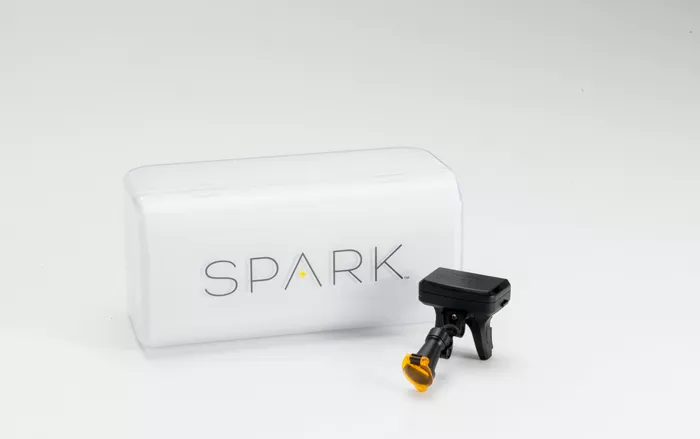
Do You See What I See? Why Your Light Matters
As a clinical professor and dental hygienist, I have experienced firsthand the process of purchasing loupes. Style is often a key factor in the purchasing decision, along with magnification power, weight, and cost. But what about the headlight? The light is often overlooked and considered by many to be an optional accessory. Incorporating a light as a part of your investment is essential in order realize the full benefit of using magnification. Without proper lighting, we are simply magnifying darkness and straining our eyes.
Why add a light to your visualization portfolio?
- It enhances diagnostic abilities: When it comes to success, consistency is key. Wearing the proper light is helpful when working in multiple offices that offer various overhead lighting. The level and quality of lighting at different office locations is likely not the same, and having a headlight will provide consistency throughout the day. This will allow the clinician to provide the same quality of work regardless of location – as well as protect their eyesight.
- Your patients will notice: Who would you trust more- an accountant using an abacus or an accountant using a computer? Patients use the same thought process when considering which dentist or hygienist to work with. As a clinician and patient yourself, would you want to work with a hygienist who relies on antiquated lighting technology? Or do you prefer to work with someone who invests in the latest and greatest? Patients will appreciate having a dentist or hygienist that invests in the best resources available to provide the best care.
- It prevents eye strain: The human eye serves as a high-resolution camera that converts light energy to electrical impulses that are sent to the brain. When the eye is focusing for long periods of time, it can lead to strain. This eye strain is more prevalent in areas of low lighting and can result in headaches, blurred vision, dry eye and potentially cause long-term damage. Working in the dark environment of the mouth often leaves the clinician’s eyes straining. Utilizing a light will enhance the clinician’s ability to properly access the patient while decreasing the strain on the eyes.
- It improves mobility: Specifically engineered to reduce lamp bulkiness, headlights are easy to move and refocus without compromising the clinician’s workflow. Using a headlight allows the clinician to shift the area of focus by a simple tilt of the head, which creates a more efficient work space. If wired lights are an issue, there are cordless options available such as the Spark™ which reduces shadowing in the operating area.
Choosing a lightweight and powerful headlight should become a necessary part of your visualization portfolio. There are several options available today with different light intensities so that you can choose what’s best for your preference. If you’re going to invest in magnification, make sure you’re not just magnifying darkness!

